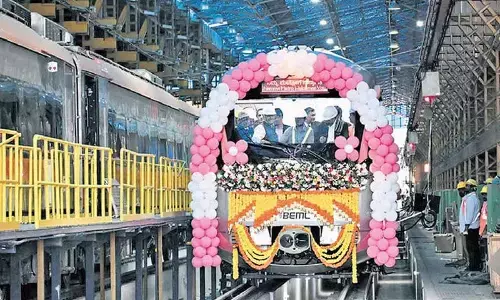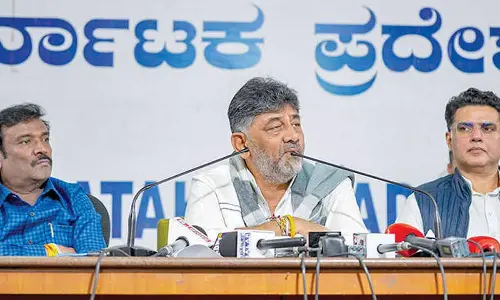Will Kashmir valley remain green?

As the Kashmir countryside turns lush green with the paddy growing season, one wonders whether the farmers\' greed for wealth would protect the fields from becoming concrete jungles in the near future?
As the Kashmir countryside turns lush green with the paddy growing season, one wonders whether the farmers' greed for wealth would protect the fields from becoming concrete jungles in the near future?
There are laws against conversion of agricultural lands for any other use in Jammu and Kashmir, but these are observed only in their breach.
South Kashmir's Anantnag district is known as the rice bowl of the Valley and rice is the staple diet of the locals. Large agricultural land holdings were done away with through the landmark land-to-tiller laws passed by the first government of the state after independence in 1947.
.jpg)
Through those laws, absentee landlordship was done away with and the ownership rights were passed on to the tillers.
In rural Kashmir, farmer families now own paddy fields measuring less than an acre on an average.
The problem with paddy cultivation and other agricultural activities in Kashmir is that beyond providing two square meals, the kind of prosperity agricultural land holdings mean for the farmers of neighbouring Punjab is not true for local farmers.
"The costs of agricultural land has appreciated phenomenally in the Valley. Land that cost a few thousand rupees a few years back is now rated around Rs.20-40 lakh ($33,000-66,000) per kanal (one-eighth of an acre) in the countryside depending on their availability around highways and places of tourist attraction," said Nisar Hussain, 63, a retired chief engineer who lives in Srinagar but hails from a north Kashmir village where his father once owned hundreds of kanals of agricultural land.
"This lures the younger generation to sell their ancestral lands and start businesses that are more profitable than agriculture. Unless the state government comes down heavily on illegal conversion of agricultural land into tourist resorts, shops and other commercial establishments, I am afraid our lush green countryside would soon become another concrete jungle," Hussain lamented.
The Valley has witnessed inclement and cold weather during the spring season this year with the average temperatures dropping several notches below the average during March, April and even May.
"By God, I for one did not believe the weather would improve and we could complete our paddy transplantation operations," said Ghulam Muhammad Rather, a farmer in north Kashmir's Ganderbal district.
Paddy is a semi-aquatic crop that needs average day temperatures of around 30 degrees for three months to grow and bear grain.
Wet weather and low temperatures have historically played havoc with agriculture in Kashmir.
Walter Lawrence, the British settlement commissioner who served Jammu and Kashmir during the rule of the Dogra Maharaja Pratap Singh, writes in his famous book, 'The Vale of Kashmir', that while famines are brought in other parts of the sub-continent by drought, rains and wet weather have been the reason for bringing famines to the Valley.
As men and women transplant paddy in their ancestral lands in the countryside singing traditional songs, one often wonders when both sowing and growing paddy would become another lost heritage to humankind's greed for wealth and comforts of modern life in Kashmir.
Next Story















